The Poaching Diaries
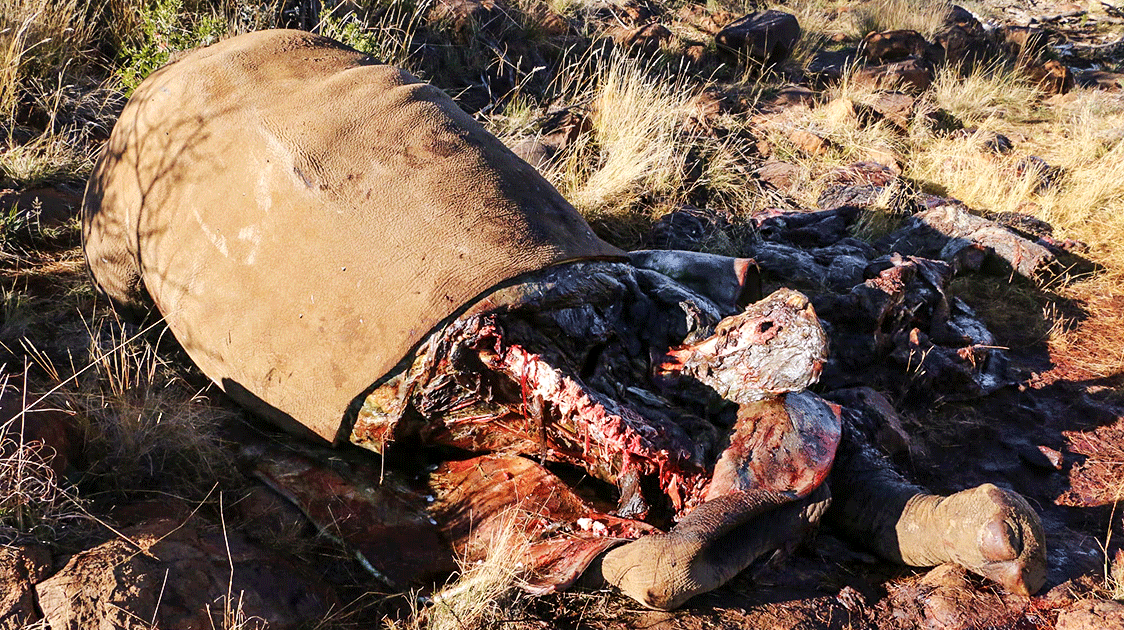
The Poaching Diaries Volume One, Crime Scripting for Wilderness Problems: edited by A.M. Lemieux, is an initiative sponsored by the Center for Problem-Oriented Policing and the Netherlands Institute for the Study of Crime and Law Enforcement.
It is an edited collection of contributions on wildlife crime prevention and wilderness problems, an outlet for practitioners, policymakers, and academics to tell stories that facilitate problem-solving. Each of the contributors is an expert in their field.
The purpose was to present ideas that help governments and civil society diversify their approach to wildlife protection to achieve lasting impacts. The first volume focuses on crime scripting, a valuable process for unpacking problems and designing clever solutions. Crime scripts are generated by developing detailed, step-by-step accounts of particular crimes in specific contexts and environments.
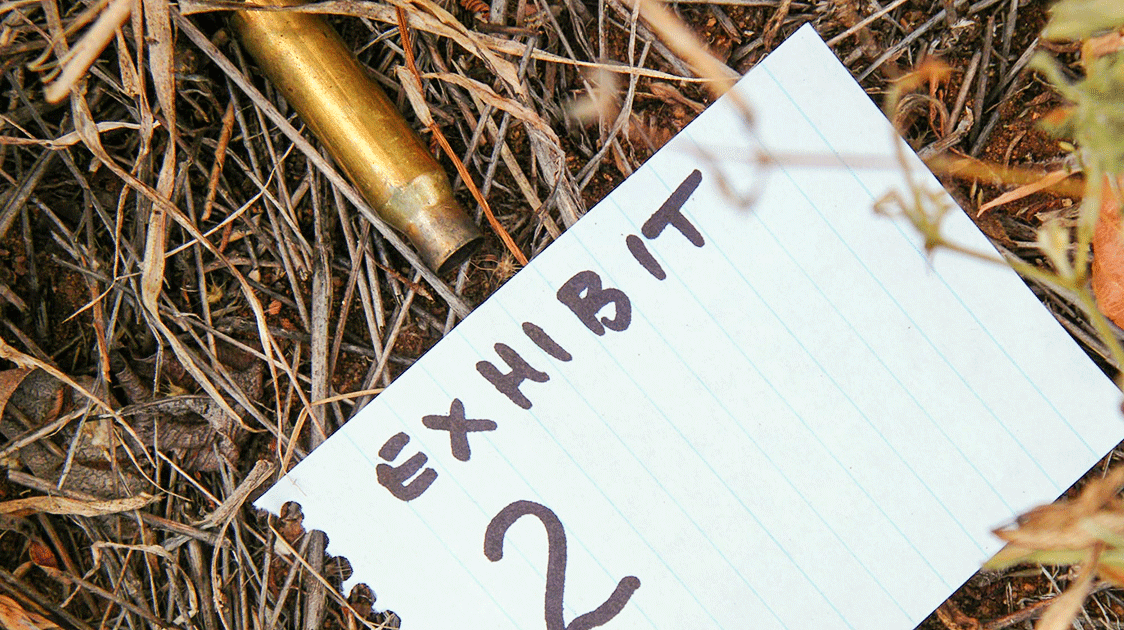
A central element of this collection of 12 scripts from 5 continents is that most of the information used was already available, so it was not a project that relied on new data collection or research but rather one employing a framework to structure old data into new knowledge.
Three central lessons were learned from this project: the utility of crime scripting for wildlife protection, the adaptability of the process to different problems and data sources, and the accessibility of the method to people who have not used it before.
Lesson 1
Crime scripting is an adaptable process that can be applied to many different contexts and data sources to produce a more detailed view of a problem.
To cater to the diverse problems and data, a blank table was provided that could be used to structure the script. In the table, contributors were asked to describe the actions during preparation, pre-activity, activity, and aftermath stages of the wildlife crime they chose.
Finer details included when and where the activity happened and who was involved. This approach worked well and was adaptable enough for all the data sources available to construct the scripts.
Lesson 2
Crime scripting is useful for thinking about prevention more broadly and identifying knowledge gaps.
As contributors built their crime scripts using the template, they were asked to think about interventions that could be used to disrupt different stages of the script, as well as to identify knowledge gaps for these same stages.
For example, it might be clear how a lion is baited and killed (activity stage), but how those lion products make it to market might be less clear (aftermath stage). This is an information gap that, if filled, would make the script even more complete for guiding prevention work and make it much easier to think about how each activity within the script could be disrupted or discouraged.
Crime scripting is an excellent way to map out how partnerships can target multiple stages in a script, leveraging different organizations' and agencies' skills, resources, and mandates.
Lesson 3
Crime scripting is a user-friendly process that can be integrated into ongoing projects to help guide strategy development and operations.
In the final stages of this project, a feedback form was sent to the contributors. Generally, they thought the crime scripting process was relatively easy to learn and apply. It was a valuable way to structure knowledge about a specific problem, a readily accessible tool for contributors from diverse backgrounds.
Most said they would recommend crime scripting to others and would use it again. Some commented on the value of using the process internally rather than for publication in an open-access outlet such as The Poaching Diaries.
The point was simple: publicizing the intervention may dilute the effect.
One contributor used a hybrid version, where crime scripting was used internally to plan operations and externally to communicate with partners dealing with a similar problem.
Scripting was also used to guide real-time operations, for example, after a rhino poaching event, to disrupt the aftermath stage and seize the horn before it changes hands too many times.
The take-home was choosing the most appropriate model and sharing experiences so others can learn.
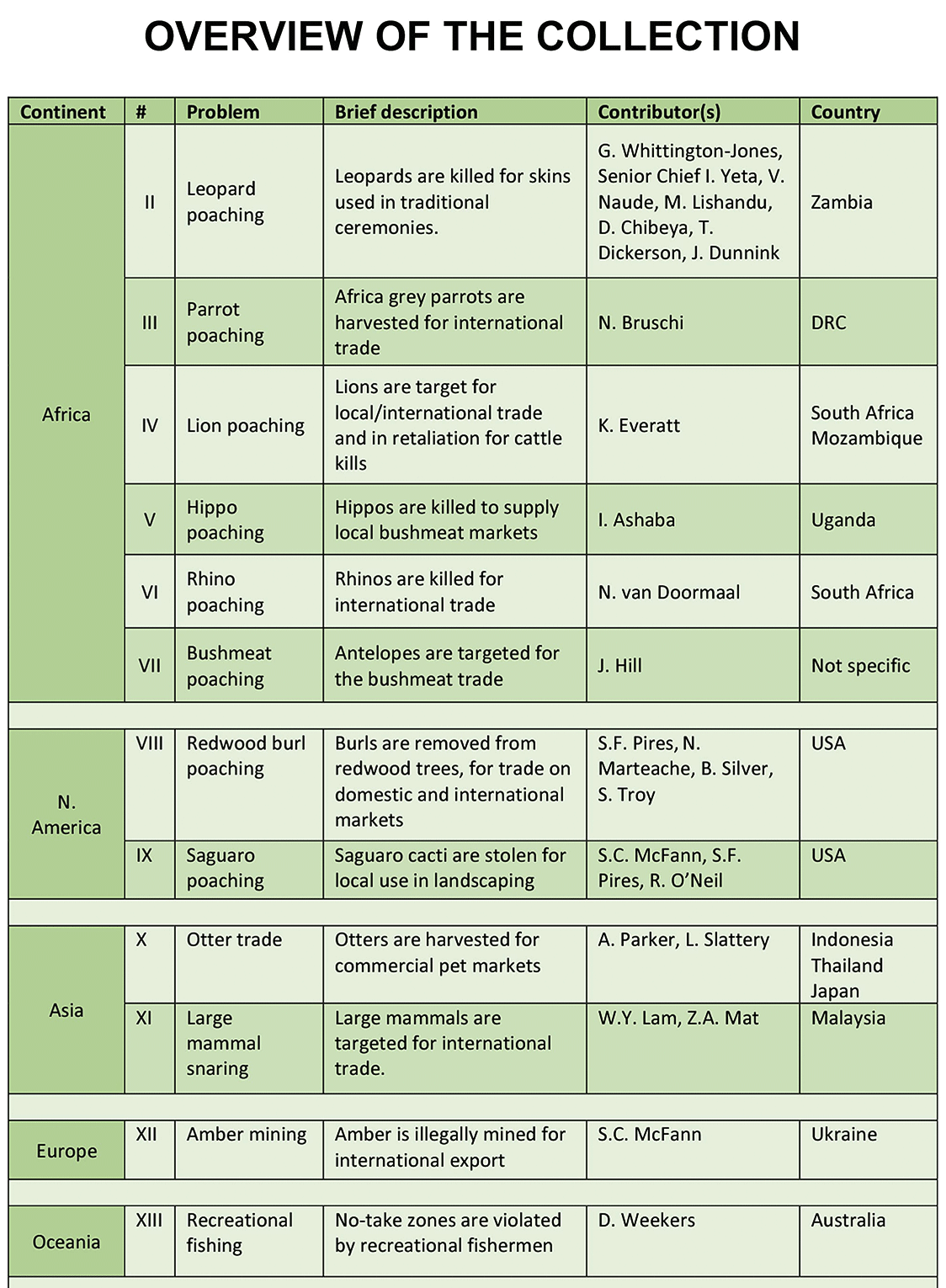

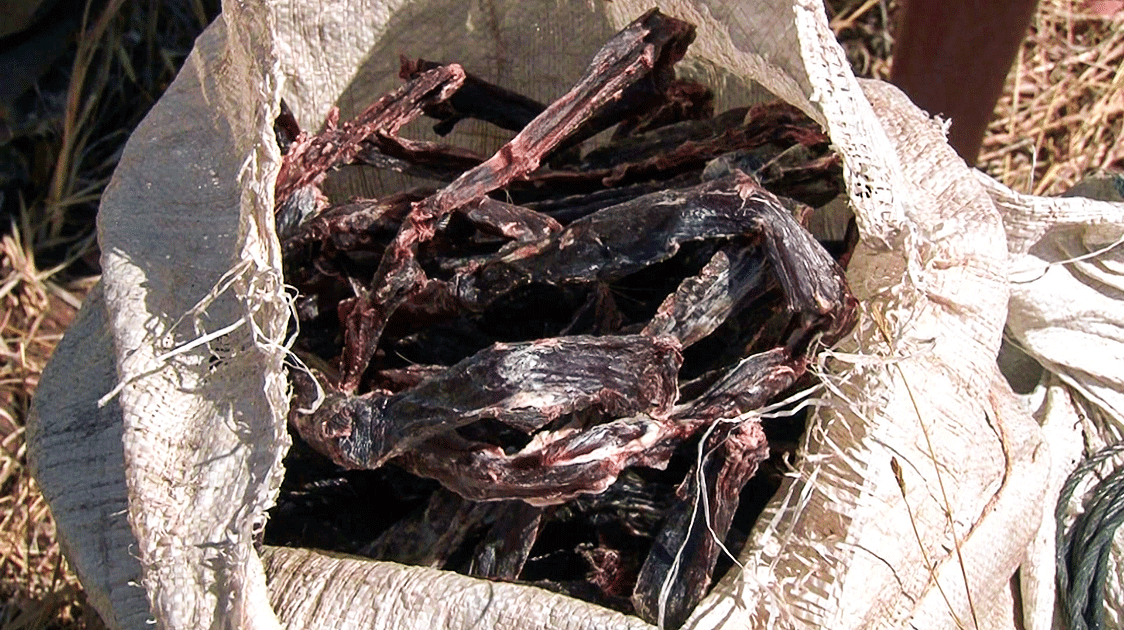
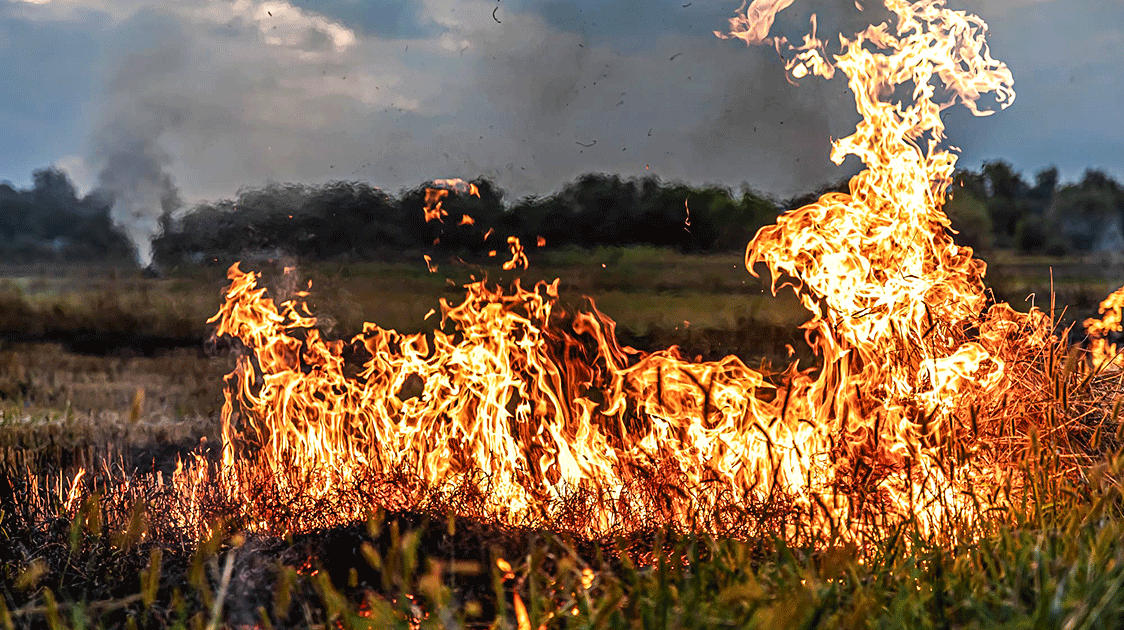
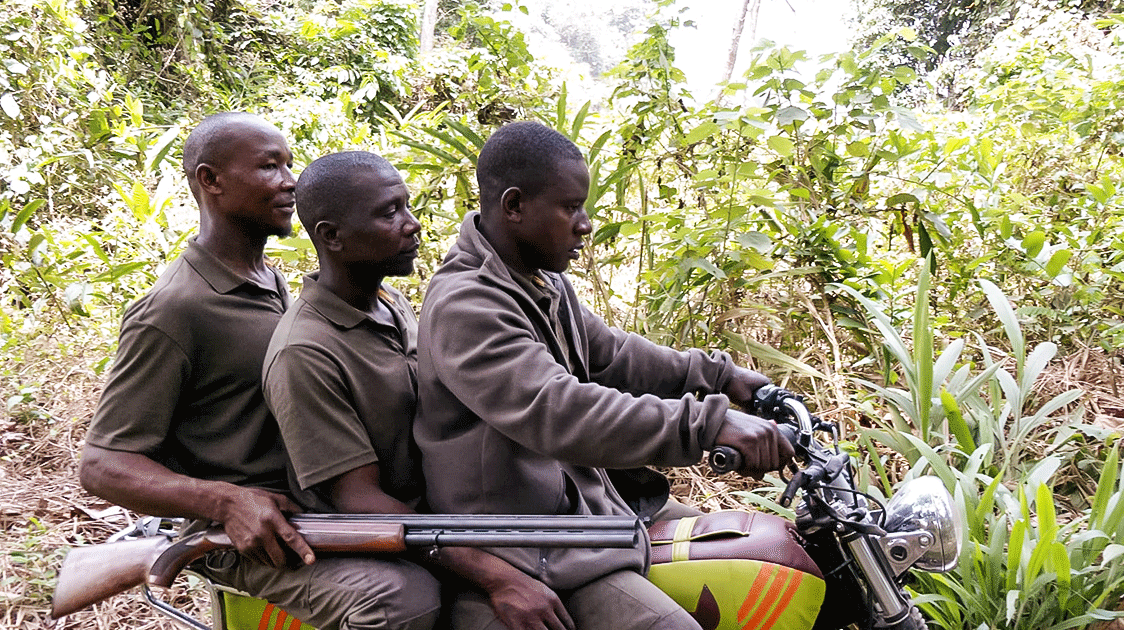
Comments ()